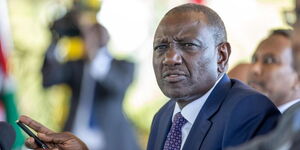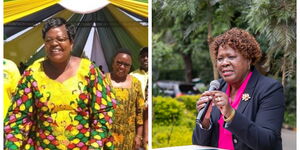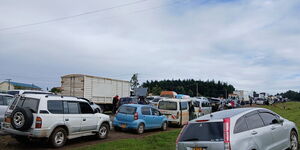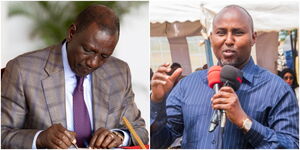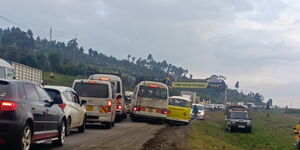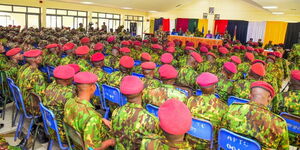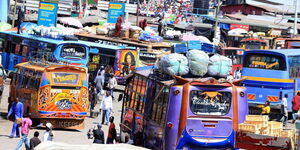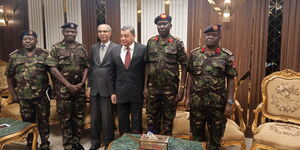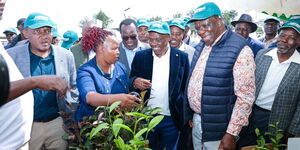Orange Democratic Movement (ODM) party leader Raila Odinga has revealed little-known details on why he decided to have a truce with President William Ruto at the height of political tensions in the country last year.
Speaking at ODM's PG meeting on Monday, September 22, Raila stated that he had made the decision to reach a consensus with the Kenya Kwanza government in order to protect the peace and stability of the nation.
"About a year ago, we got together with the UDA party to help steady the ship of the Kenyan nation, which had been hit by extreme turbulence and was on the verge of collapse," the ODM boss explained.
In 2024, at the height of the anti-Finance Bill protests, Raila courted controversy after opting to join forces with Ruto to form a broad-based government.
According to Raila, few realised the depths of the crisis the country was heading into during the protests, particularly after the Kenya Defence Forces (KDF) were deployed onto the streets.
"Some people may not know exactly where we are, but because I had a first-hand impression of what was happening, we were almost on the precipice," Raila went on.
According to the ODM chief, if he hadn't stepped in, the country would have been on the brink of military rule due to the military's deployment.
He added, "After so many days of demonstration, you saw that the military was on the streets. They were fairly civil to the citizens at the time, but that was because they had not been given instructions. We always talk about the Chief of Defence Forces, and when the military is given instructions, they execute. They almost executed."
Raila explained that at the time, he deemed it better to have a civil country, where leadership is determined through the ballot "rather than through the bullet".
While commending MPs for their role in preserving the interests of the country, Raila also referenced the controversial 2007 elections, which he said he also had to let go of for the sake of peace.
Despite the coming together of Raila and Ruto initially starting out informally, the two leaders' pact was eventually put to paper through an MoU, which was signed in March 2025.
Among the key agreements reached between the two leaders are the full implementation of the National Dialogue Committee (NADCO) report, addressing youth unemployment, and the implementation of the two-thirds gender rule.
Secondly, Ruto and Raila also agreed to enhance inclusivity among Kenyans regardless of their religion and political affiliations. According to the leaders, enhancing inclusivity would improve opportunities for all Kenyans, especially in public appointments.


